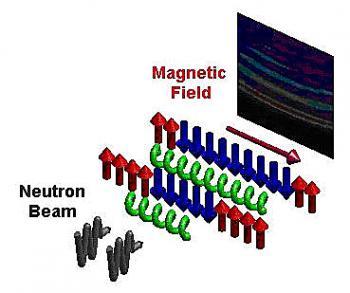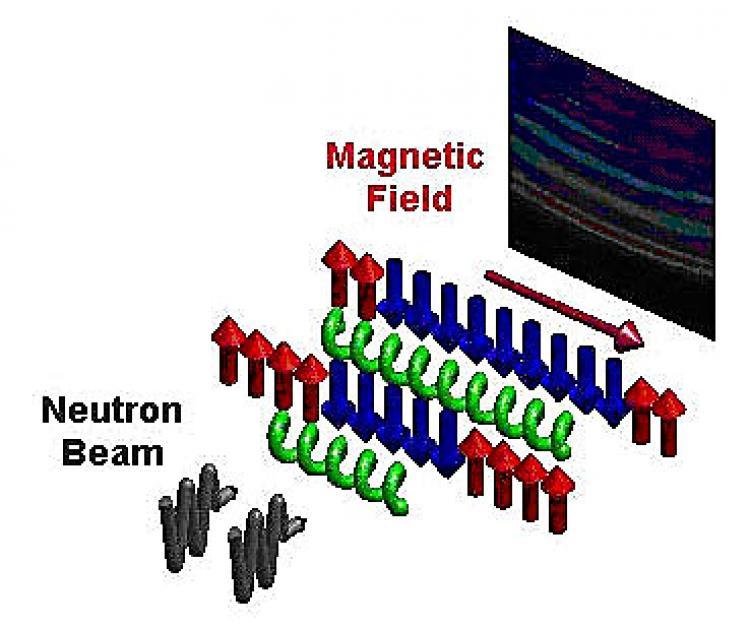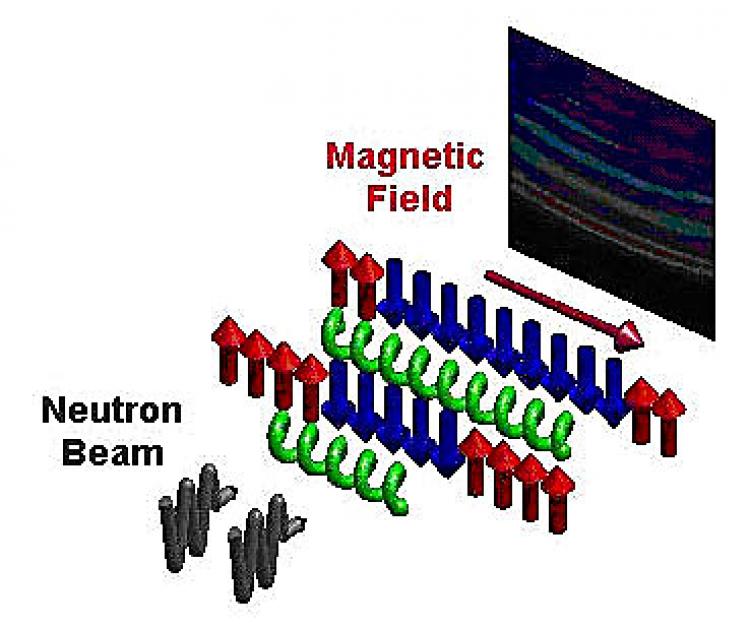The “golden ratio,” which is equal to approximately 1.618, can be found in various aspects of our life, including biology, architecture, and the arts.
But only recently was it discovered that this special ratio is also reflected in nanoscale, thanks to researchers from the U.K.’s Oxford University, University of Bristol, and Rutherford Appleton Laboratory, and Germany’s Helmholtz-Zentrum Berlin for Materials and Energy (HZB).
Their research, published in the journal Science on Jan. 8, examined chains of linked magnetic cobalt niobate (CoNb2O6) particles only one particle wide to investigate the Heisenberg Uncertainty Principle. They applied a magnetic field at right angles to an aligned spin of the magnetic chains to introduce more quantum uncertainty. Following the changes in field direction, these small magnets started to magnetically resonate.
Neutrons were fired at the cobalt niobate particles to detect the resonant notes. “We found a series (scale) of resonant notes: The first two notes show a perfect relationship with each other. Their frequencies (pitch) are in the ratio of 1.618 … which is the golden ratio famous from art and architecture,“ said principal researcher Dr. Radu Coldea of Oxford University in a press release. ”It reflects a beautiful property of the quantum system—a hidden symmetry.”
Dr. Alan Tennant, who led the research group in Berlin, said: “Such discoveries are leading physicists to speculate that the quantum, atomic scale world may have its own underlying order. Similar surprises may await researchers in other materials in the quantum critical state.”






